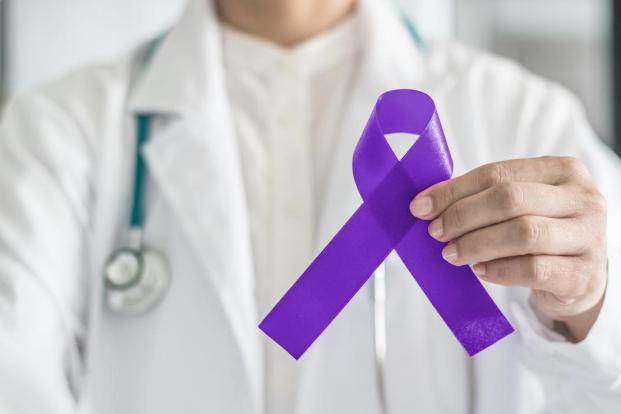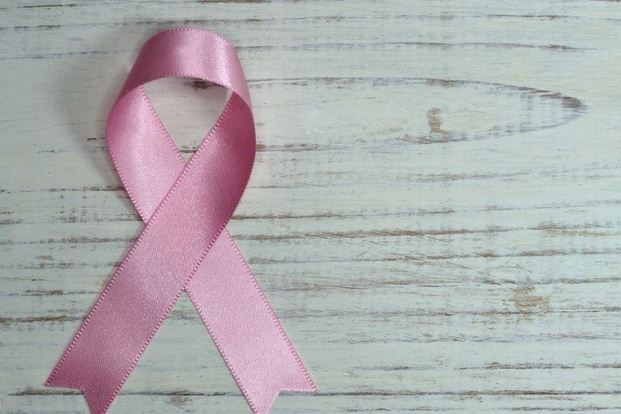Multiple Myeloma

Apr 19, 2022
What is multiple myeloma?
Multiple myelomas is a cancer of plasma cells, arises from bone marrow, common in adults and elderly.
What are the symptoms of Multiple Myeloma?
Multiple myeloma patients present with bone pain, back pain, weakness and fatigability, renal dysfunction and fever due to infection. Low back pain common in elderly and rising creatinine shouldn’t be neglected and should be evaluated for the possibility of multiple myeloma.
Why people develop multiple myeloma?
The exact reason for the development of multiple myeloma is not clear.

How is it diagnosed?
In patients with symptoms, bone marrow examination and protein electrophoresis and skeletal survey along with kidney and liver function tests confirm multiple myeloma. Bone marrow puncture is a minor OPD procedure, which is done under local anesthesia, and the patient can go home after the procedure without any discomfort.
Treatment
Once the diagnosis is confirmed, patients are treated with multiagent chemotherapy for 4 to 6 months as induction. Patient report good improvement with subsidence of symptoms. After induction chemotherapy, the patients receive 2 to 3 months of consolidation chemotherapy or undergo autologous stem cell transplantation with high dose melphalan chemotherapy which improves the productive life and increases the life expectancy.
After autologous stem cell transplantation, some patients receive maintenance chemotherapy as a single agent or combination
What are the side effects of drugs used?
Drugs used in multiple myeloma are usually safe but sometimes can lead to high blood sugar, tingling and numbness of extremities, infection and low blood counts (cytopenia).
What are the chances of recovery?
With the availability of newer drugs like bortezomib, lenalidomide and many more and autologous stem cell transplantation, more than 80% of patients can have long-term survival and few can even be cured of the disease.
How to follow up?
During treatment, you will have to follow instruction from clinical hematologist and following completion of treatment and after autologous stem cell transplantation, every month for initial 1 year then every 3 months follow up is required. You will undergo a physical examination and some tests to look for disease status will be done in each follow-up.
What precautions will we have to take during or after therapy?
Take timely drugs as prescribed by treating hematologist, drink plenty of water (unless you are anuric or doctor has advised limiting water intake), avoid the crowded place, eat fresh and homemade food. Inform your hematologist if you have a fever, extreme weakness, cough, breathlessness or any other new symptoms. If you have other co-existing diseases like Diabetes, hypertension or hypothyroid, control them as per your treating physician.







